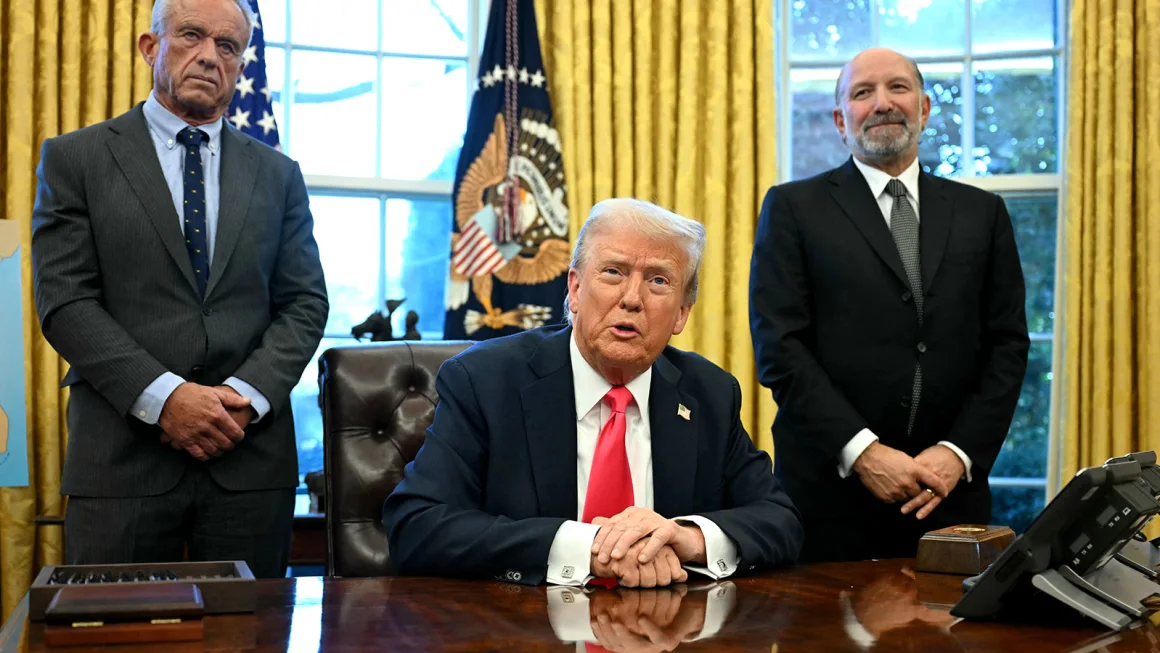
Trump’s $5 Million Golden Visa Proposal Sparks Global Investor Interest
U.S. President Donald Trump is making headlines again—this time with an ambitious proposal aimed at the world’s wealthiest investors. His team is reportedly finalizing the structure for a Golden Visa USA program, a potential new pathway to American residency and citizenship in exchange for a $5 million investment.
The proposed visa would grant foreign investors the right to live and work in the United States, alongside their families, and offer a route to full citizenship over time. Unlike the existing EB-5 program, which requires job creation and carries a lower financial threshold, Trump’s Golden Visa aims to be a premium, fast-tracked alternative, appealing to ultra-high-net-worth individuals.
Though not yet an official part of U.S. immigration policy, the initiative is already drawing significant attention globally. Wealthy individuals from Asia, the Middle East, and Latin America are reportedly expressing early interest, with financial institutions signaling potential demand.
A Premium Entry to the United States
Trump’s vision for the Golden Visa USA is straightforward: a one-time $5 million investment in return for immediate residency rights. While details remain unconfirmed, the program would likely include:
• Direct access to a U.S. Green Card
• Inclusion of spouse and dependent children
• Eligibility for U.S. citizenship after a designated period
• No employment or business management requirements
If implemented, this visa would become one of the most expensive in the world, placing the U.S. in line with elite investment migration programs offered by nations like Austria, Switzerland, and New Zealand.
Beyond EB-5: A New Tier of Investor Immigration
For decades, the EB-5 visa has been the go-to option for investors seeking U.S. residency. But with backlogs, stricter rules, and long wait times—especially for applicants from China and India—the EB-5’s appeal has diminished.
Trump’s proposed Golden Visa offers an alternative route with fewer conditions and faster processing. There would be no requirement to create jobs, and the process could be more efficient for those willing to pay a higher price for certainty and speed.
This could appeal to individuals with global business interests who value mobility, lifestyle, and long-term access to the American market.
Legal Questions Remain
Despite growing anticipation, it’s important to note that the Golden Visa remains a proposal, not a policy. For it to become reality, the U.S. Congress would need to approve legislative changes. Until then, any formal rollout is speculative.
However, experts suggest that the concept is gaining momentum, particularly as the U.S. looks for new ways to attract foreign capital without increasing domestic taxation. By targeting global elites, the plan offers a politically palatable solution: bringing money into the country while offering opportunity to those who can afford it.
Global Trends Support the Idea
Across the world, investment migration programs have become increasingly competitive. Countries like Portugal, Greece, the UAE, and several Caribbean nations have successfully drawn foreign capital by granting residency or citizenship in exchange for investments.
In recent years, geopolitical instability and tighter immigration controls in Europe have made the U.S. even more attractive to investors. A high-value offering like the Golden Visa could position the U.S. as a top-tier destination in this growing market.
Outlook for 2025
As the 2025 election approaches, Trump’s immigration strategy appears to be evolving. While his administration previously focused on restrictions, the proposed Golden Visa shows a shift toward economic-based, selective migration.
Industry professionals, including major financial firms, are reportedly preparing to advise clients as soon as legal frameworks become clearer. Some have even begun offering registration lists or early consultations in anticipation of program approval.
If passed, the Golden Visa could bring in billions in new capital and redefine the way the U.S. engages with global investors.





